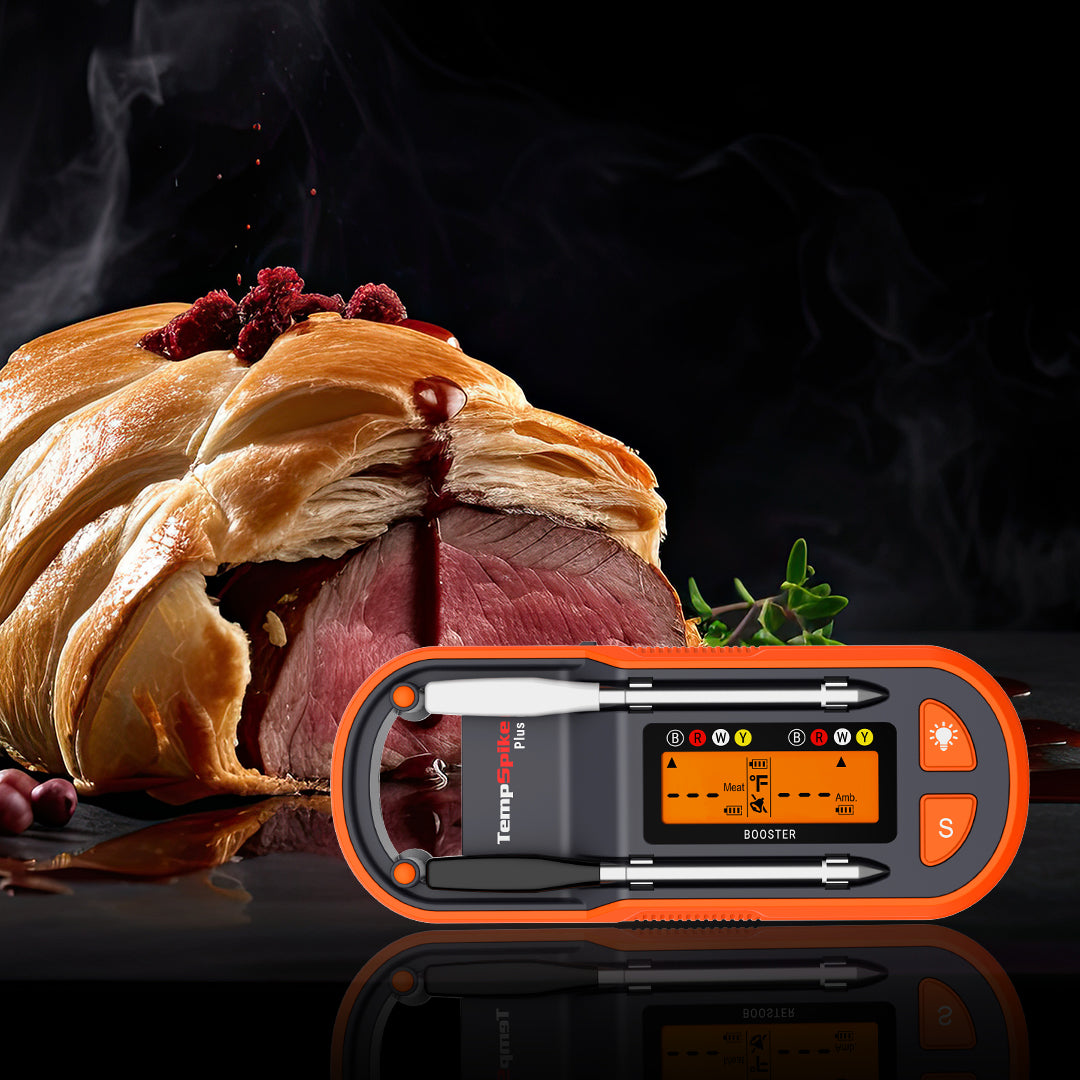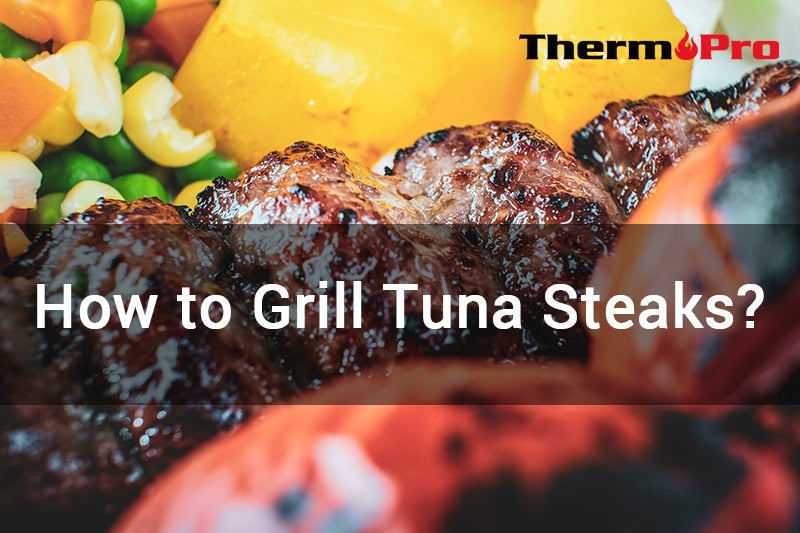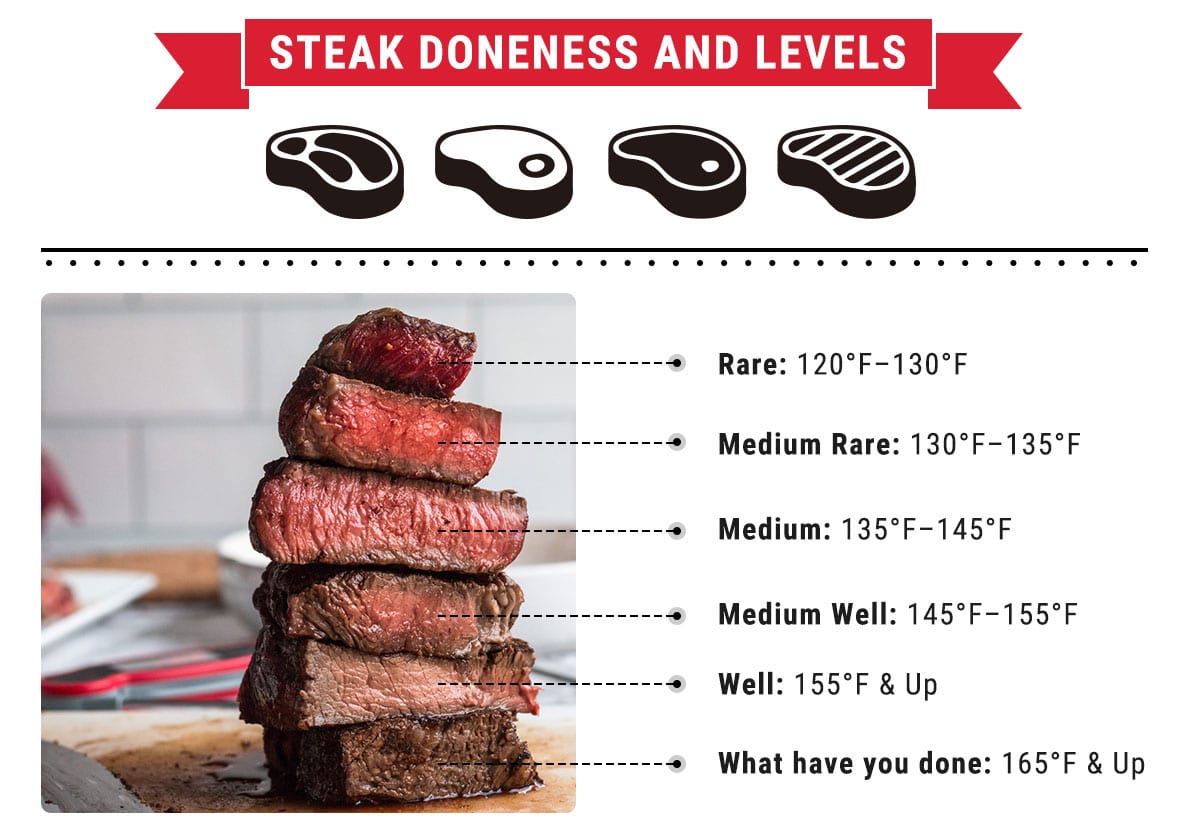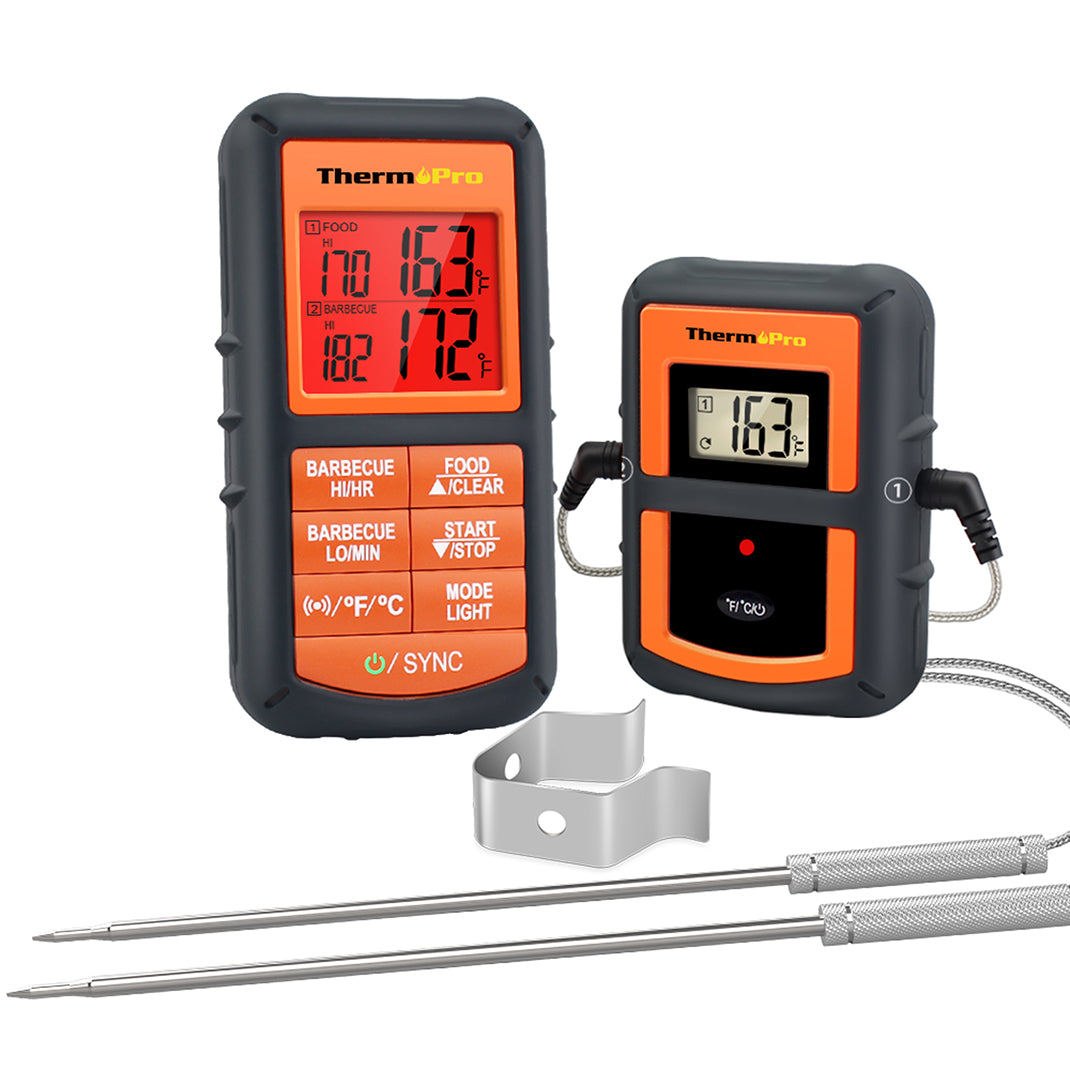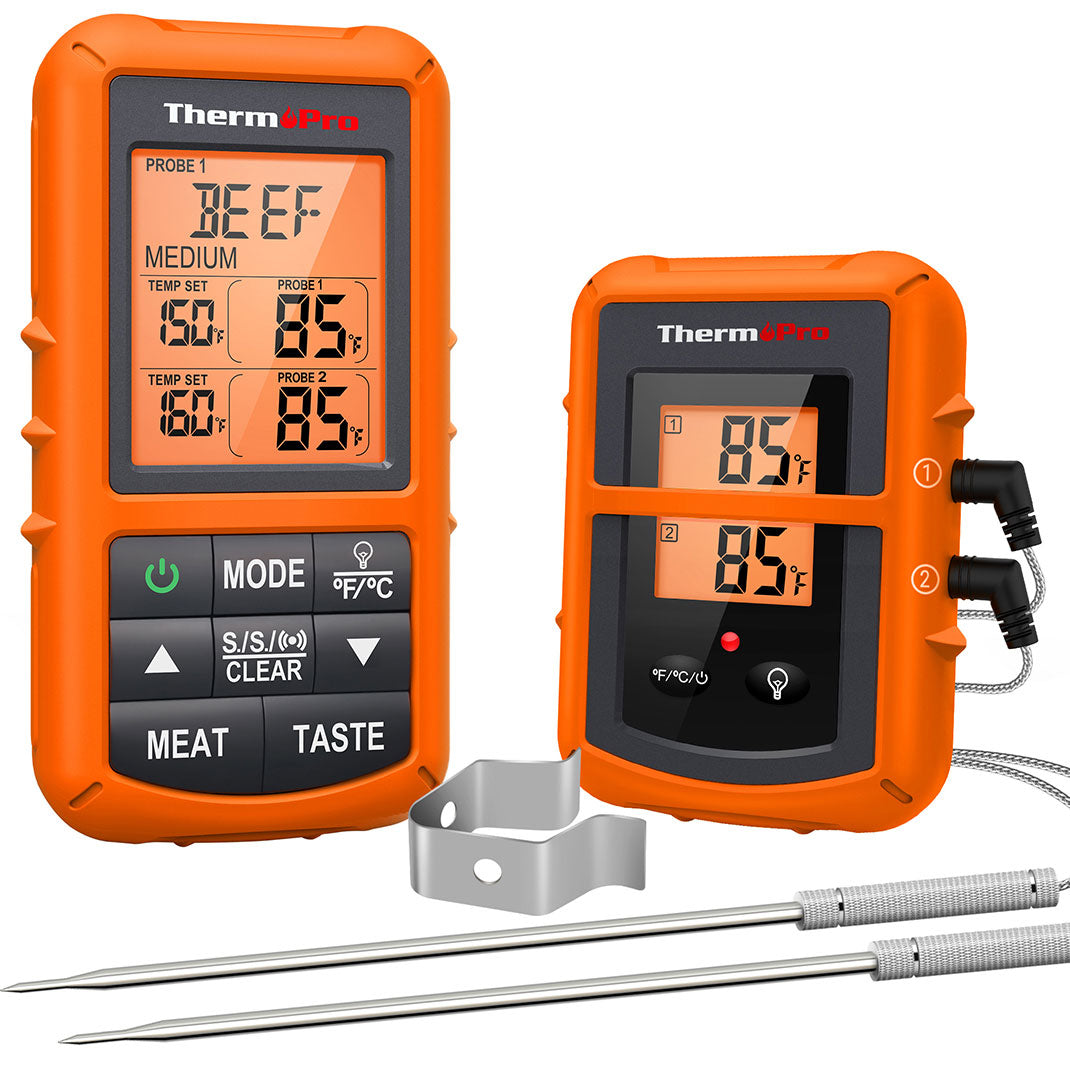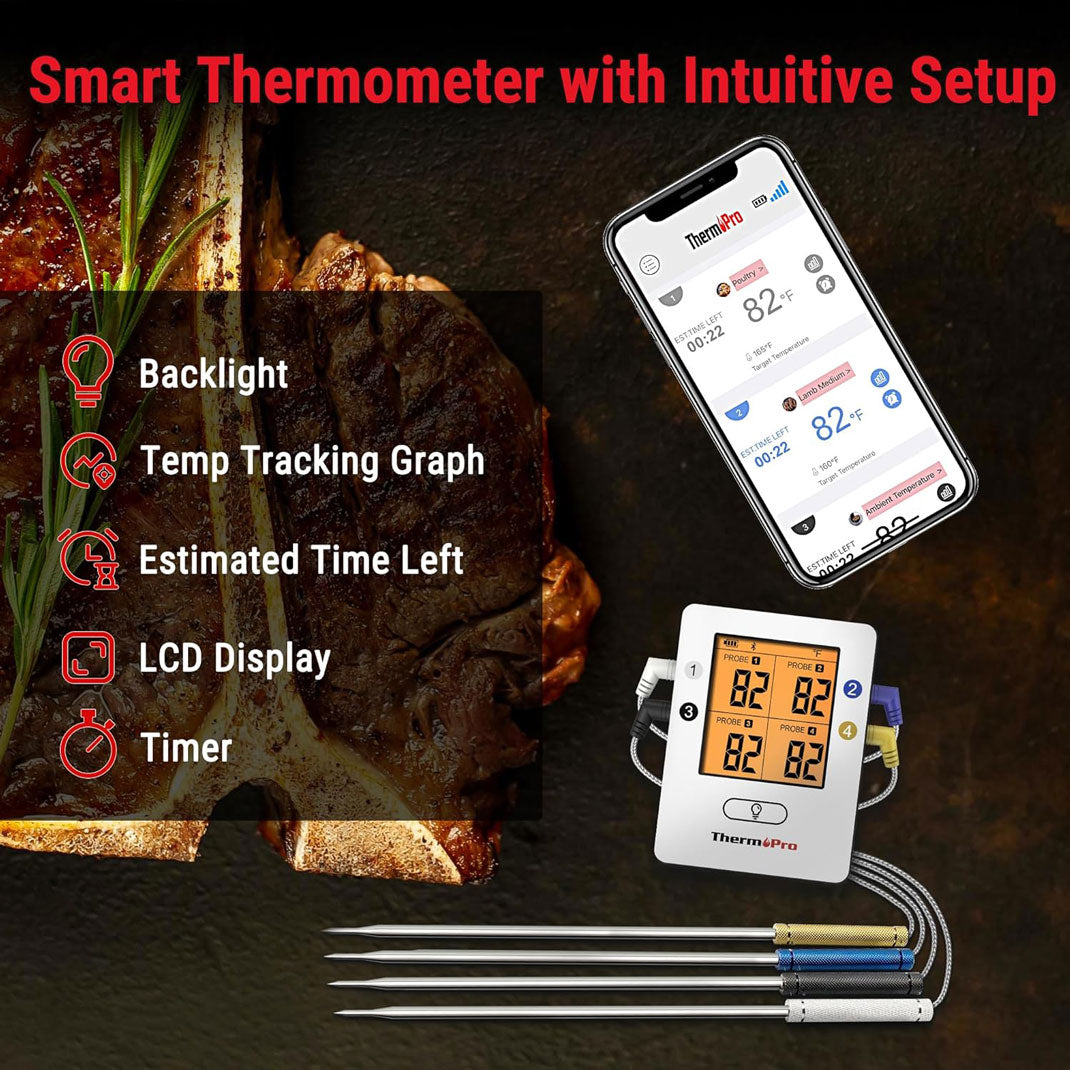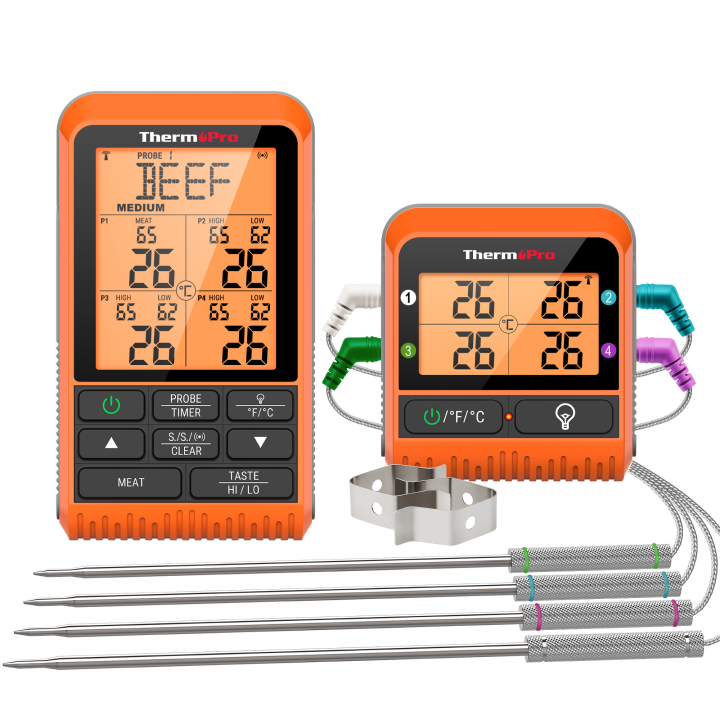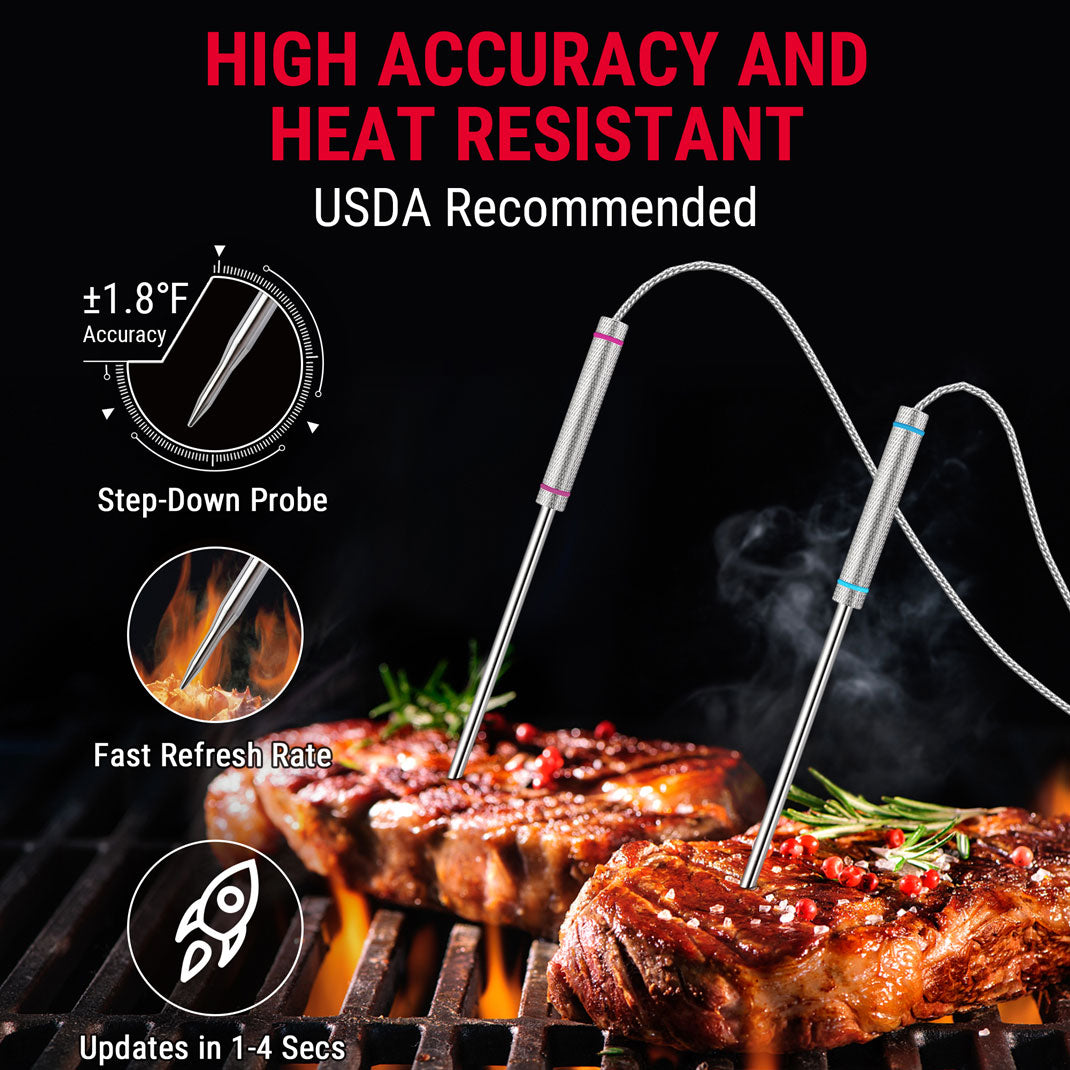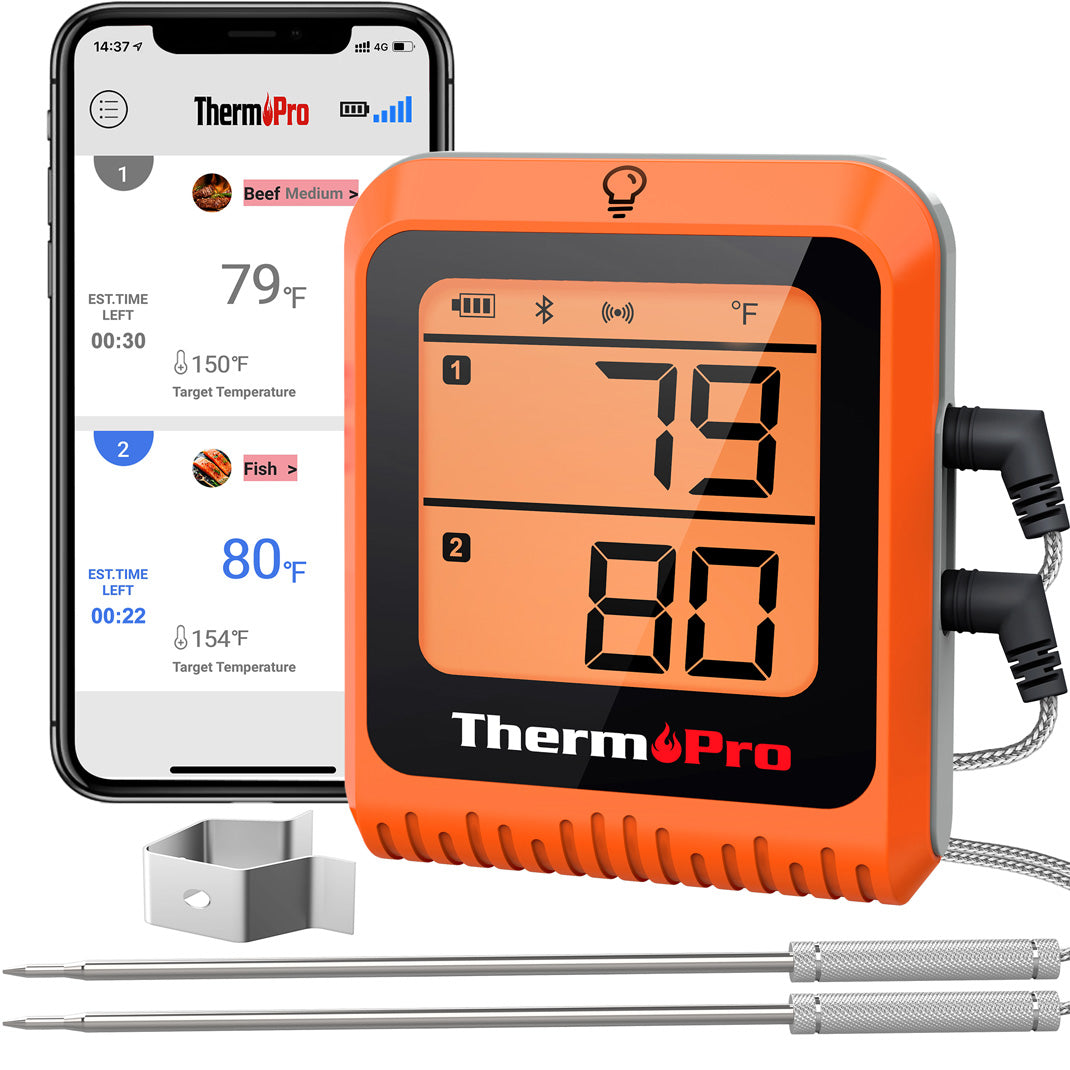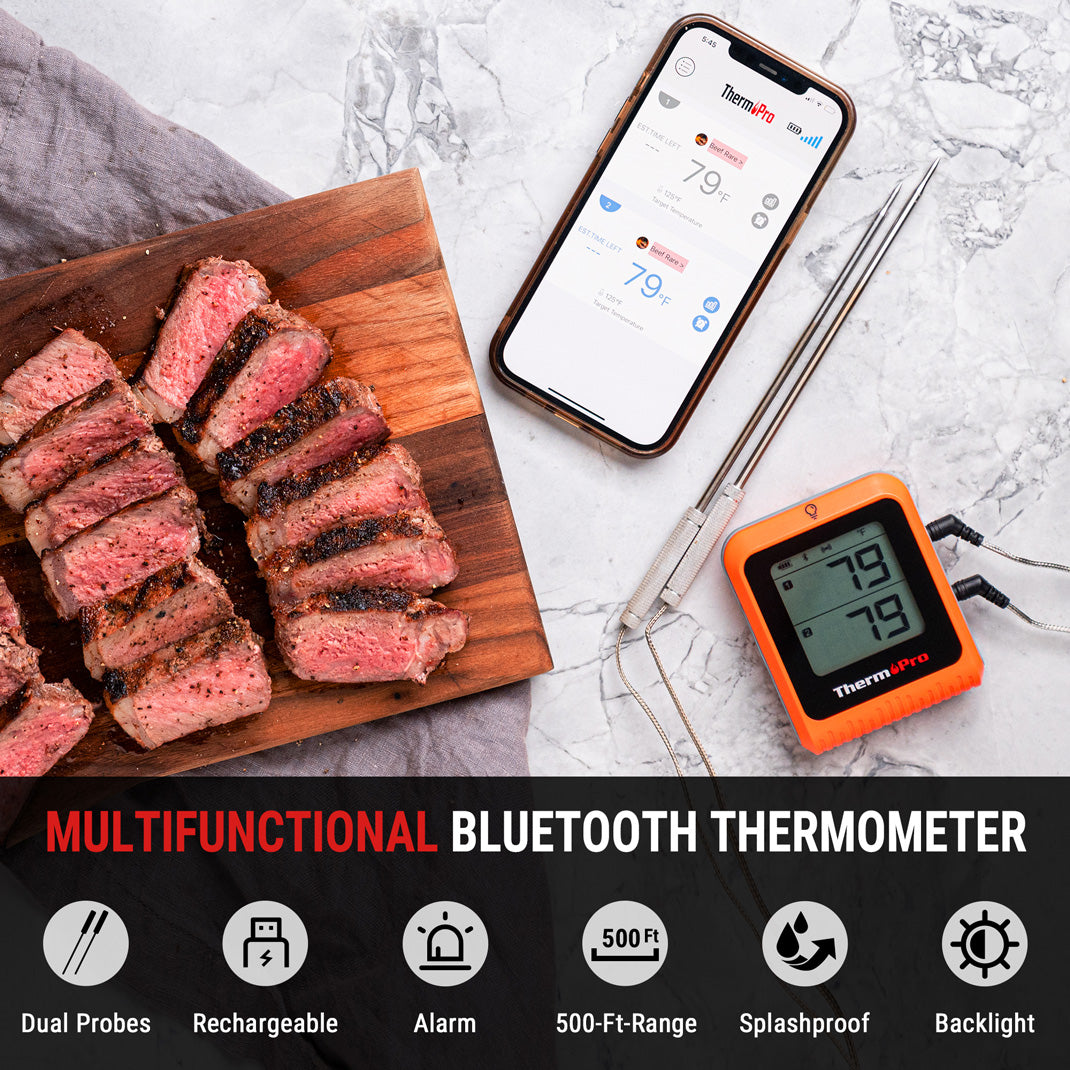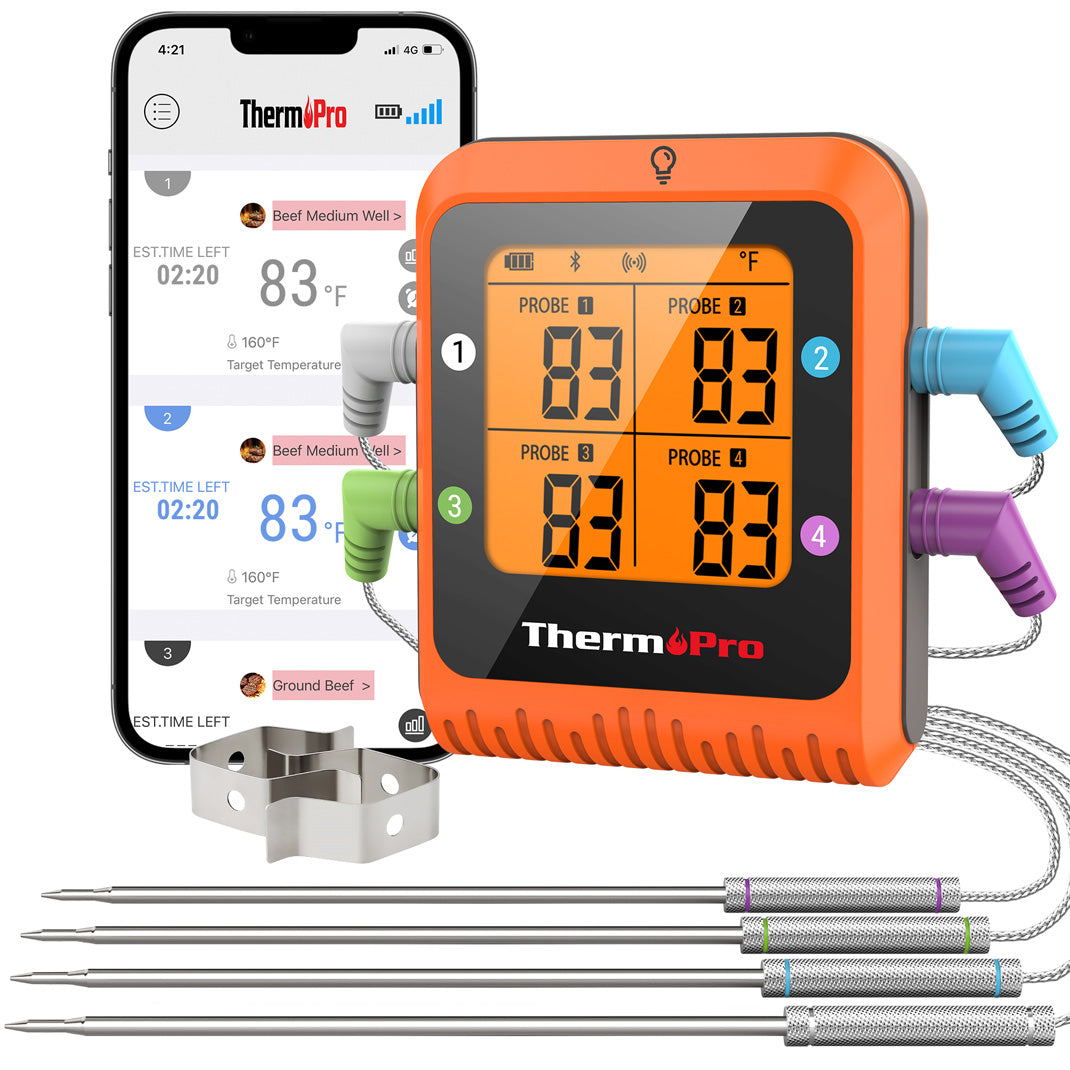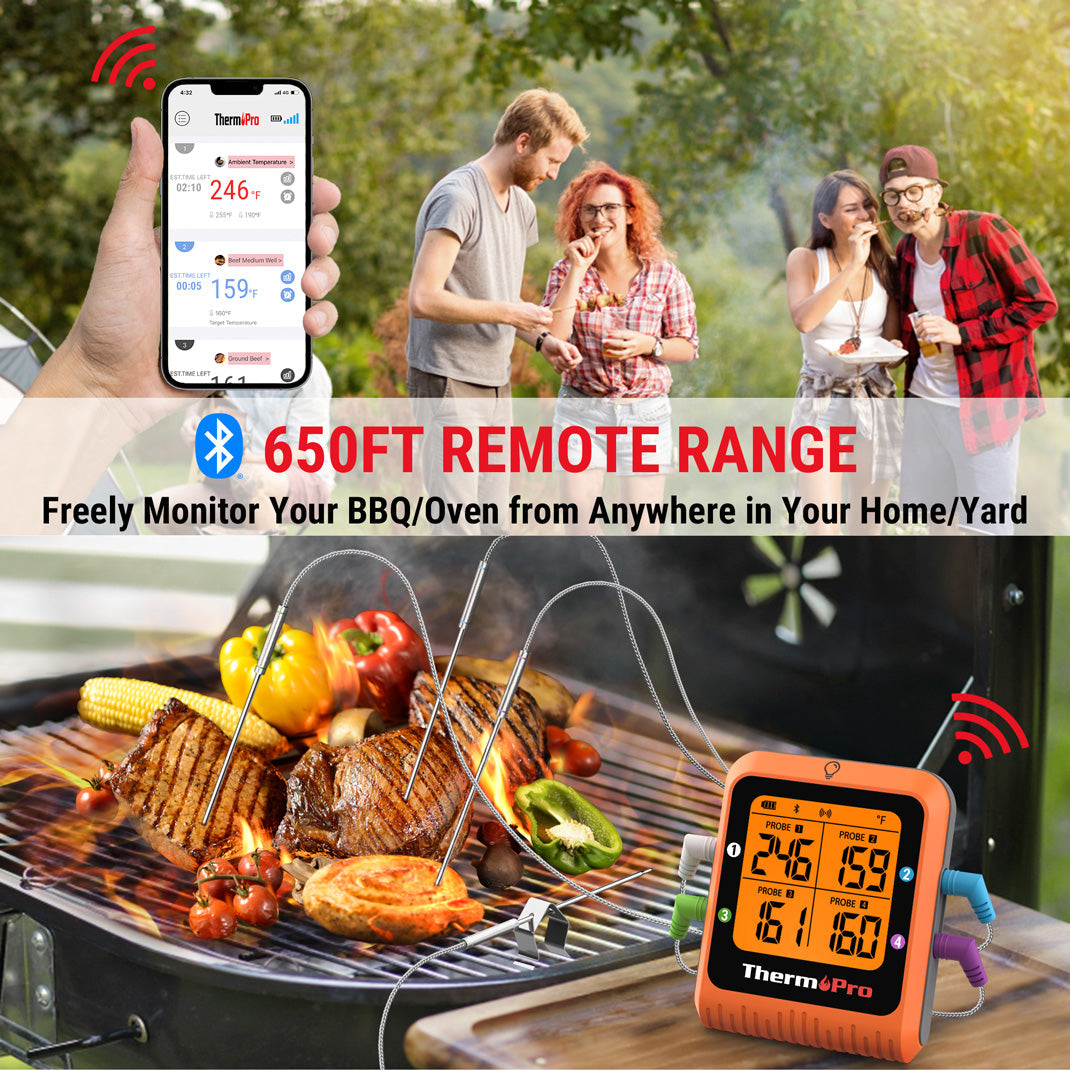What’s good with honey? There are very few foods that aren’t immediately complemented by this delicious natural syrup. Whether as a dip or as a sauce, honey is an incredible addition to any meal, but what are some of its uses in cooking with heat? The use of honey in BBQ is long and storied, and there are countless advantages to using honey in your recipes. Whether you are interested in grilling with honey or want to cook with honey in a different way, be sure to stock up and plan for your recipes in order to get the most out of your cooking.
What Does Honey Do in Grilling?
Honey is perhaps one of the most versatile additions anyone can make to their cooking. Whether used as a simple drizzle topping for a salad or used as a glaze for cooking, learning more about the versatility of honey can allow you to plan ahead for your meals better, especially when entertaining.
All types of different recipes may benefit from an addition of honey, but knowing how to cook as required can be invaluable in improving your versatility. Consider some of these different styles of cooking with honey the next time you plan for a meal:
Baking
Baking with honey can add a natural degree of sweetness and improve the silky texture of the final product. It is recommended for bakers to replace the sugar in the recipe with an equal amount of honey.
Whisking
Whisking a little bit of honey into your vinaigrette can result in a sweet kick to any salad dressing you make. Adjust as appropriate and think about what type of honey can best complement the flavors themselves.
Coating
Coating and roasting is one of the best ways to utilize honey’s broad range of textures and flavors. Play around with thicknesses and be sure to keep an eye on the temperature.
Glazing
Glazing with honey can be as easy as applying a baste while the food is in the oven. This is especially attractive and delicious, but it requires a good deal of concentration.

Drizzling
Drizzling is perhaps one of the simplest ways to enjoy honey. If you are having a bowl of raw vegetables or fruits, all you need to do is layer on a little bit of honey for that perfect splash of flavor.
Grilling
Grilling is perhaps one of the most complicated and delicious ways to use honey in cooking. For those who are interested in dazzling at their next barbecue event or have always wanted to expand their culinary repertoire can look forward to using grilling as an enticing way to prepare their meat.
How Honey Grills
Honey is unique because of how much sweet flavor it can add to a dish. It acts as the perfect binding agent for all types of other flavors, as it is extremely versatile in all types of cuisines. Whether you are interested in working with an Asian marinade or a classic Southern barbecue, using honey as a binder can be one of the best ways for you to unify your flavors. Honey is ideal as a coating for grilling because of how versatile its blending is as well. You can look forward to a silky smooth marinade that can be spread quickly and easily where you want it.
How to Grill with Honey without Burning Food
Although honey can be a desirable addition to any rub or marinade, it is important for individuals to learn more about its properties in order to make the most of their cooking. Honey is a little trickier to work with because of how quickly and easily it can burn. Though the learning curve may appear steep at first, the truth is that it can be easy for anybody to master this addition. Take things slow and carefully at first, and always plan for the appropriate recipe changes to accommodate for how your specifics model of oven or grill works.
Focus on Blending
One of the best ways to reduce the potential for burning is to focus on blending the honey carefully. Because of the naturally sticky consistency, it can be very hard to brush, mop, or baste the meat. Avoid grilling the meat if honey is all you are using. It is always recommended to mix the honey with another liquid like oil or juice in order to avoid potential burning, as honey by itself clumps too much and is far too sugary to caramelize evenly. Not only will you reduce your chances of burning by mixing well, you also add more depth and flavor to your dish.
Understand your Zones
Not all sections of your grill will heat the same. As you start to get a feel for your grill and what it can do, you will start to learn where its hot and cold zones are. You want to establish carefully calibrated sections of indirect and direct heat. Separate your coals in the grill and make sure that you know where your indirect heat is for the slow caramelization of your honey. This helps you lock in flavor and get the desired texture. When you are ready to finish up, move the meat to the section of direct heat and hold it there for a fast, dark sear. Be sure to keep an eye on the temperatures within to make sure that you avoid burning at any point during the process. Using a ThermoPro Food Thermometer is one of the best ways to stay vigilant.
Pay Attention to Thickening






 288 Comments
288 Comments
